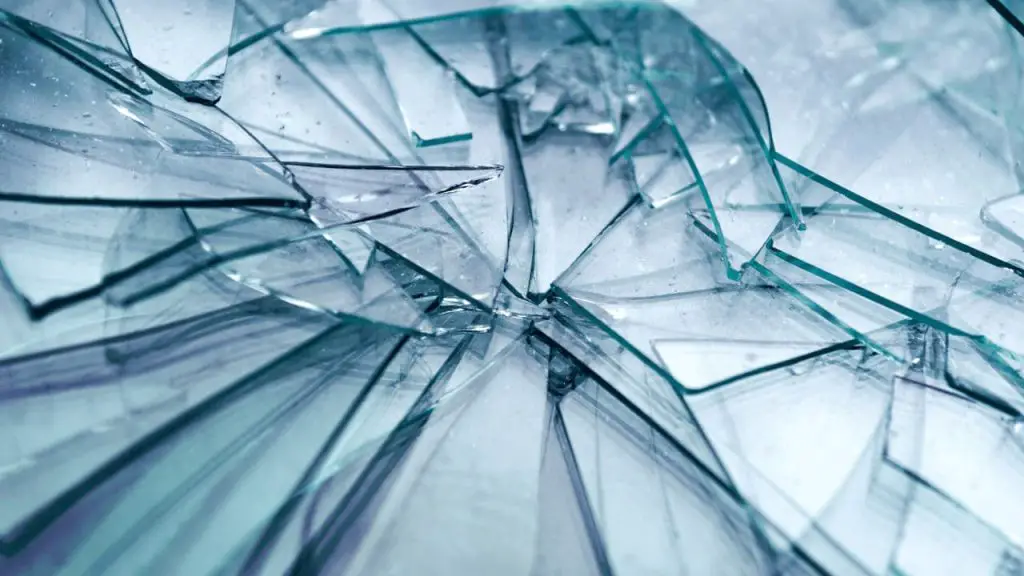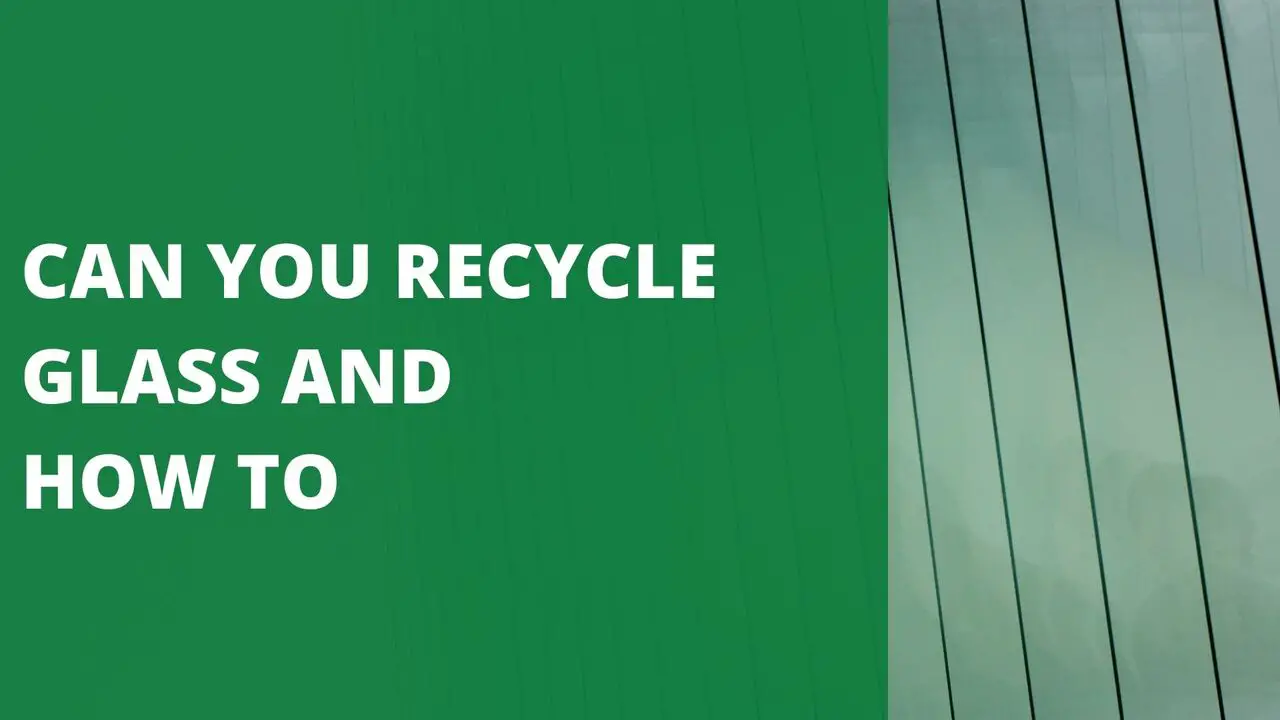Glass is a valuable resource that can be recycled into new products repeatedly. Reprocessing used glass bottles and jars into new ones doesn’t sacrifice quality. It can be done endlessly.
The process entails washing, crushing, and melting the waste glass before shaping it into containers.
In this blog post, we will discuss whether or not can you recycle glass and how to and what benefits it has for the environment.
Is Glass Recyclable?
Yes, glass is 100% recyclable and can be recycled endlessly without losing quality. You should separate recycling glass from other recyclables to help stop recycling stream contamination.
In addition to saving resources, recycling glass can produce new consumer items, such as bottles and jars, or industrial materials, like insulation or faux turf.
Glass is extremely recyclable because it only consists of sand, limestone, soda ash, and cullet – all materials can be re-melted.
In fact, out of all these materials, cullet is used most frequently. Not only is recycling glass good for the environment, but it’s also profitable in the long run and lowers costs for glass container manufacturers.
In addition, recycling glass is great for the environment. It minimizes the need for raw materials, as 1 kg of cullet can replace 1.2 kg of raw materials.

Can you Recycle Glass and How to: Step-By-Step Process of Recycling Glass
Considering how glass recycling works and comparing it to other materials, let’s explore the process of recycling glass waste.
1. Collection and Transportation
Glass bottles and jars can be recycled through your local recycling program and obtained from community drop-off points.
Curbside collection is available for residences and commercial businesses, while waste management zones like municipal recycling points are typically shared.
Additionally, private waste collection programs exist – though businesses mainly use them. These glasses are then sent to specific glass recycling locations.
2. Sorting
The recycling facility then uses an optical sorting process to search for contaminants. This can involve separating different glass types, like Pyrex and mirrors, and removing more conspicuous pollutants, such as metals or plastics.
The glass is also sorted by color here. The colors are created by combining different additives that shouldn’t be mixed. For example, materials such as carbon are added to create brown glass.
3. Breaking
Once the glass is sorted, it is then broken into smaller pieces using a series of hammers that automatically pulverize the glass waste.
In the glass recycling process, a small amount of water may be added to keep glass particles from becoming airborne.
4. Screening
The shards of glass are then put through rotary screens, which separate them by size–commonly 3/8″ and 3/4″. At the same moment, a fan helps to remove any paper labels that might still be attached from when the glass was broken.
Items that can’t be recycled are either sent to landfills or processed through their specific processes.
5. Bed Drier Fluidization
In the next stage of recycling glass, workers place broken pieces onto a drier that uses hot air to burn off sugar and bacteria and loosen any remaining glue.
The vibration helps send the hot air through the bed and glass more effectively. The next stage is to extract the remaining contaminants by vacuum.
6. Primary Screening and Pulverization
A meshed screen allows smaller pieces of glass to pass through while simultaneously redirecting larger ones into a pulverize.
The pulverizer will internally break down the glass until it is smaller and can go through the screen; this process occurs in a loop.
7. Secondary Screening
The glass particles are first sorted by size using a primary screen. Once they have been reduced to a certain size, they undergo secondary screening, classified according to size.
The varying sizes required for different final uses mean that each product grade will be sent to a specific manufacturing sector.
8. The Cullet
Lastly, the “cullet,” which is broken glass at this stage and can be as big as pebbles or look like sand, goes through a furnace to create new products.
This glass has a second life as a brand-new container and is also used in products like fiberglass and ceramics. You can find this recycled glass in filtration units, abrasives, and more.
Is The Recycling Process of all Glasses the Same?
While some glass products can go through the same recycling process as containers, others have to be recycled or disposed of differently.
Mirrors
Unfortunately, because mirrors are made of a different material than regular glass, recycle bins rarely accept them. As a result, they often end up in landfills.
Light Bulbs
While the glass in light bulbs isn’t contaminated, like that of CRTs mentioned earlier, they still can’t be recycled along with glass containers due to the mix of materials.
Pyrex
Oven-safe glass is specially treated to withstand high and low temperatures. Because of this, it cannot go through the regular glass recycling process.
Windows
Windows and glass doors are usually specially treated to make them more resistant or possess certain desired qualities.
For example, they are being unbreakable. Therefore, they also can’t be recycled along with regular glass containers.
Drinking Glasses
Most people need to learn that drinking glasses are not recyclable. They appear to be made of glass; however, they undergo a different manufacturing process which ultimately prevents them from being recycled with other glass containers.
The Bottom Line
Glass is an environmentally friendly material that can be recycled to create other products. While some types of glass can follow the normal recycling process, others must go through different steps or be disposed of in a landfill.
Knowing what type of glass you have and how to recycle it properly is essential for preserving our planet’s resources.
FAQs
Can you recycle glass in normal recycling?
The only type of glass you should recycle are bottles and jars. All other materials, such as ceramic or pottery, cannot be recycled through your local recycling program.
What glass is not recyclable?
Disposable drinking glasses, glass objects, and window panes are made of different materials than recyclable bottles and containers, so they cannot be recycled together.
They also melt at varying temperatures, so separating them is essential. If a drinking glass is broken, it goes in the trash.
Additional Contents


